We all can agree that eating enough vegetables, and in particular, greens, are beneficial for our health.
But, it can be challenging to figure out ways to get more greens into your day. I’ve found that many times when people think of eating greens they think of salads or cooked veggies.
While those are two great options, that can be a little limited or even difficult to eat plenty of vegetables at a meal.
So I’m sharing a few hacks you can use to eat more vegetables at each meal!
Why Is It Important to Eat Vegetables at Every Meal?

Greens and fiber-rich vegetables also known as non-starchy carbohydrates are great sources of nutrition! These are your leafy greens like arugula, kale, wheatgrass, barley grass, alfalfa, spinach, broccoli, brussels sprouts, tomatoes, carrots, cucumbers and so many more.
Non-starchy carbohydrates are part of my food philosophy and approach to simple mindful nutrition, called the Foundational Five, which is my system I’ve used to help clients and members eat balanced and nutrient-dense meals.
The Foundational Five is made up of five elements that go on your plate at each meal: non-starchy carbohydrates, starchy carbohydrates, healthy fat, protein, and the flavor factor. If you want to learn more about this, you can download my free guide that shares some of the ingredients that make up each element.
One of the most challenging elements of the Foundational Five we see many people within the Nutrition Stripped community face how to eat vegetables aka non-starchy carbohydrates at each meal!
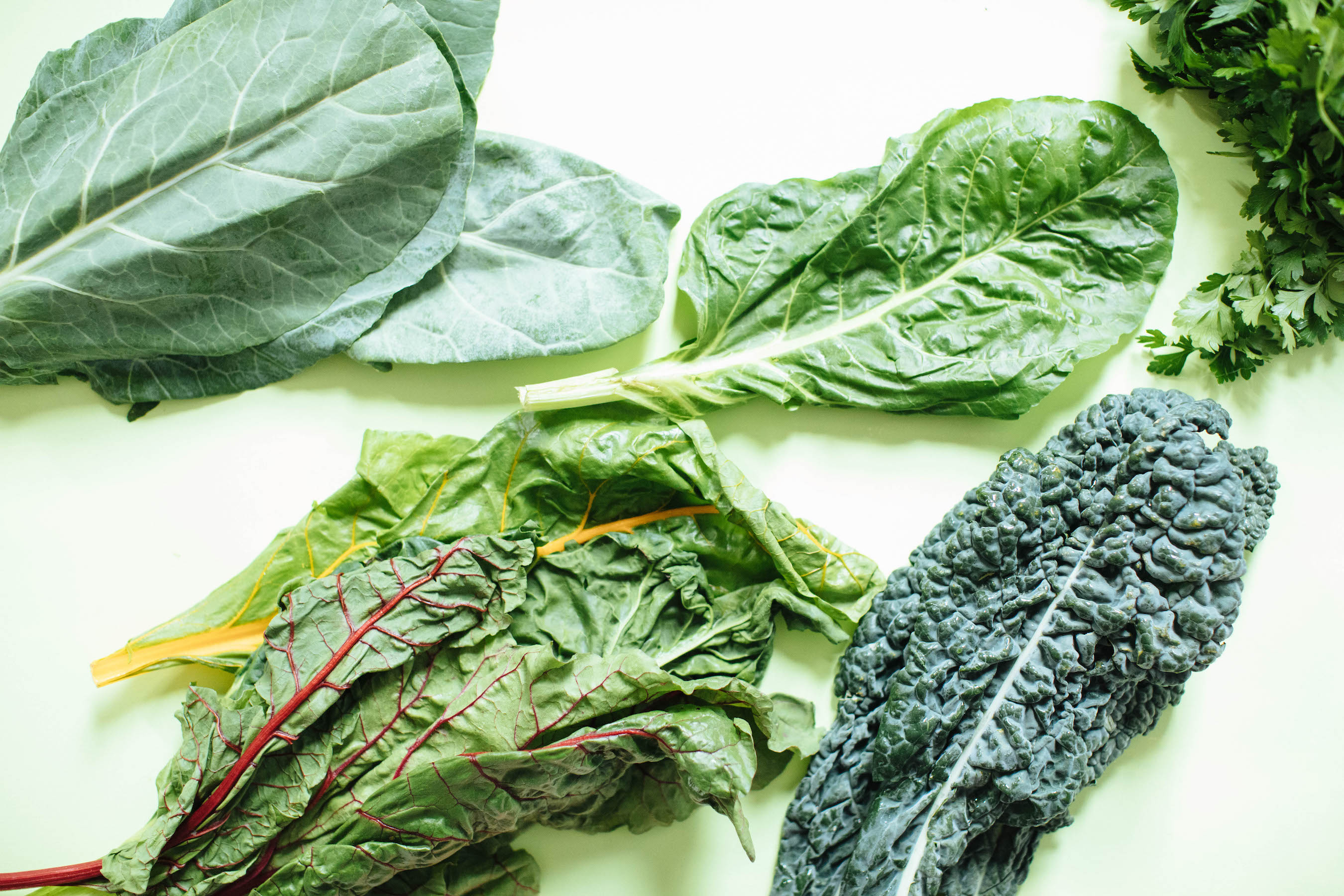
Non-starchy carbohydrates are so important to consume several times a day, because these carbohydrates are known for their fiber, prebiotics, vitamins, and minerals.
Fiber is so important to any diet as it balanced cholesterol levels in the blood, regulates bowel movements, regulates blood sugar levels, regulates your satiety levels, lowers the risk of certain types of cancer, reduces the risk of diabetes, and aids in digestion overall.
In addition to fiber, greens typically contain vitamin C, beta-carotene, vitamin K, vitamin E, calcium, folate, manganese, potassium, and a host of antioxidants.
10 Easy Ways to Eat More Vegetables and Greens
Sometimes getting enough vegetables and greens can be tricky, especially when you’re first getting started trying to be more mindful about eating more of them.
These are a few different ways how to eat more vegetables and you can pick and choose which ones sound best for your lifestyle and taste buds!
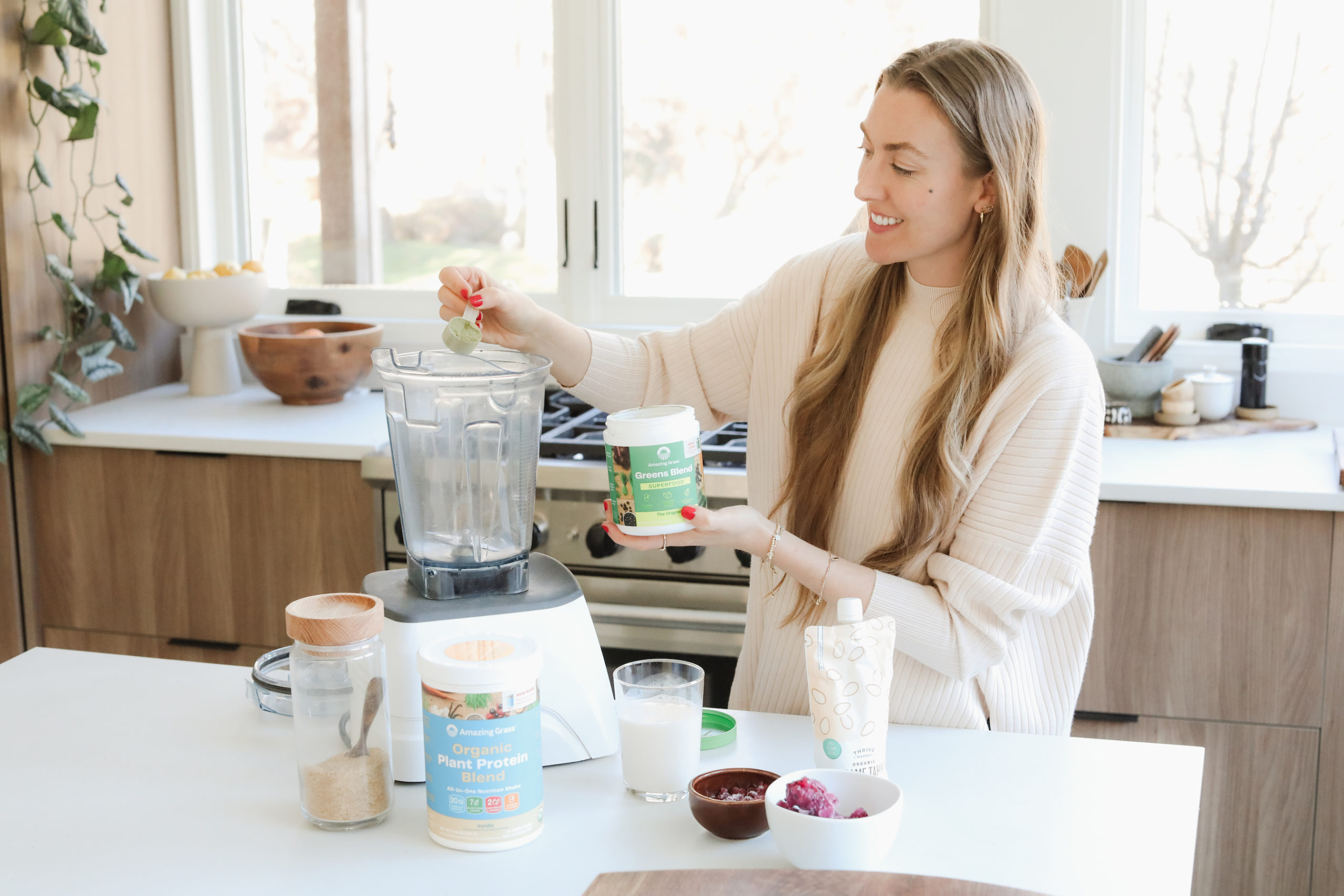
1. Befriend Zucchini and Spinach in Your Smoothies
Smoothies are a great vehicle to add vegetables in, especially if you’re a slightly picky eater. Many times you can toss the vegetables right into a smoothie and you would never even know they are there!
Both zucchini and spinach are mild in flavor and pair really well with so many other things to make a tasty and creamy smoothie.
Zucchini blends into a creamy texture similar to bananas, it’s packed with vitamins and fiber, it’s lower in sugar and you’d never even know it was in there, so it’s a great place for beginners to start eating more vegetables. (perfect for kids too!)
There are also so many great spinach smoothie recipes that are light and don’t taste like super “green” smoothies, but still give you all of those nutrients. Find a couple that you like and you’ll have an easy way to get more vegetables at the start of your day.
2. Add in a Greens Blend
Powdered greens are another great option to have on hand to add to your smoothies, even when you don’t have fresh greens on hand or if you’re looking for a convenient option to eat more greens. I recommend Green Superfood® Antioxidant by Amazing Grass®. In just one scoop, there are two full servings of fruits and veggies, plus key vitamins and minerals to support your health!
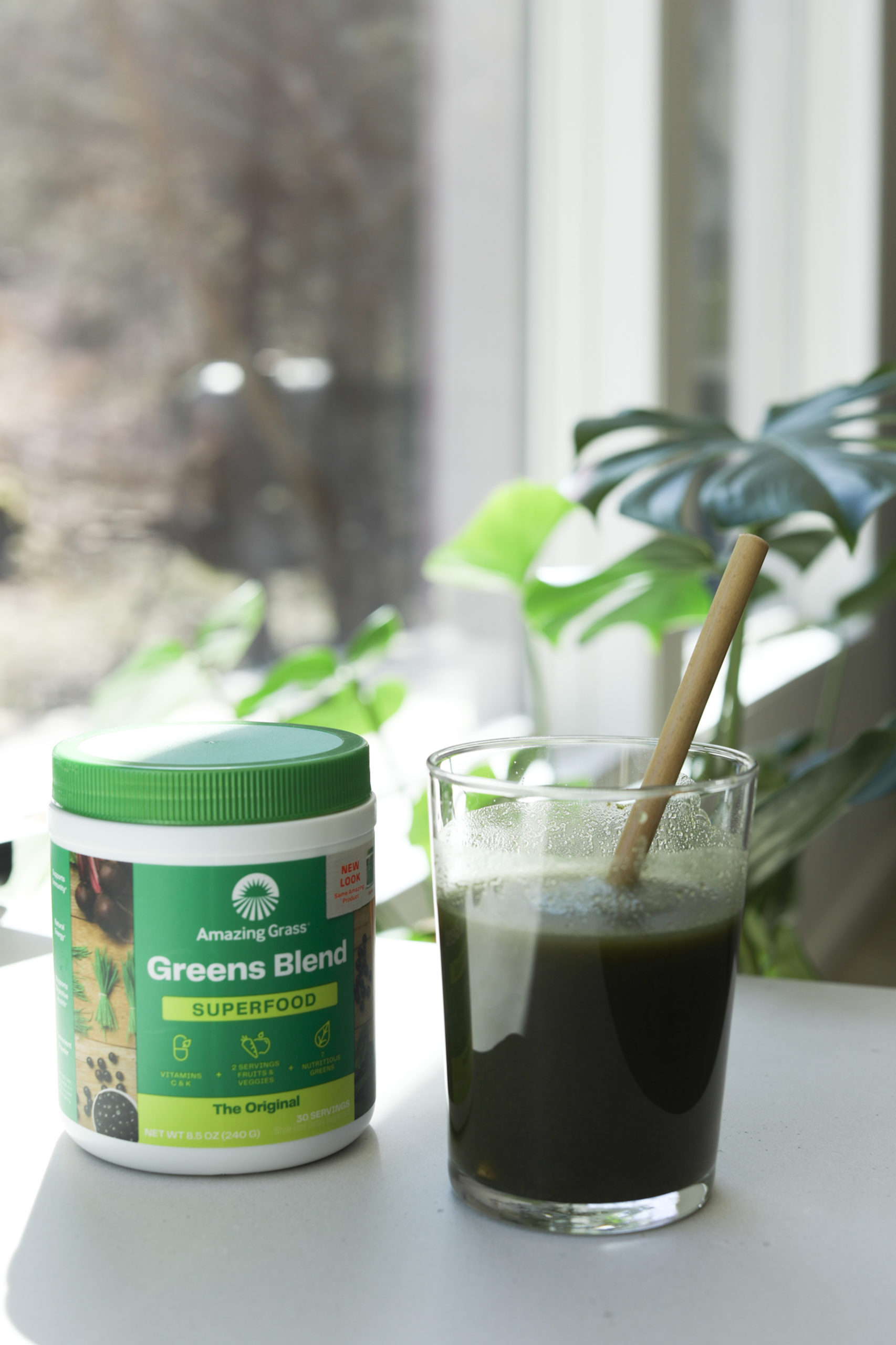
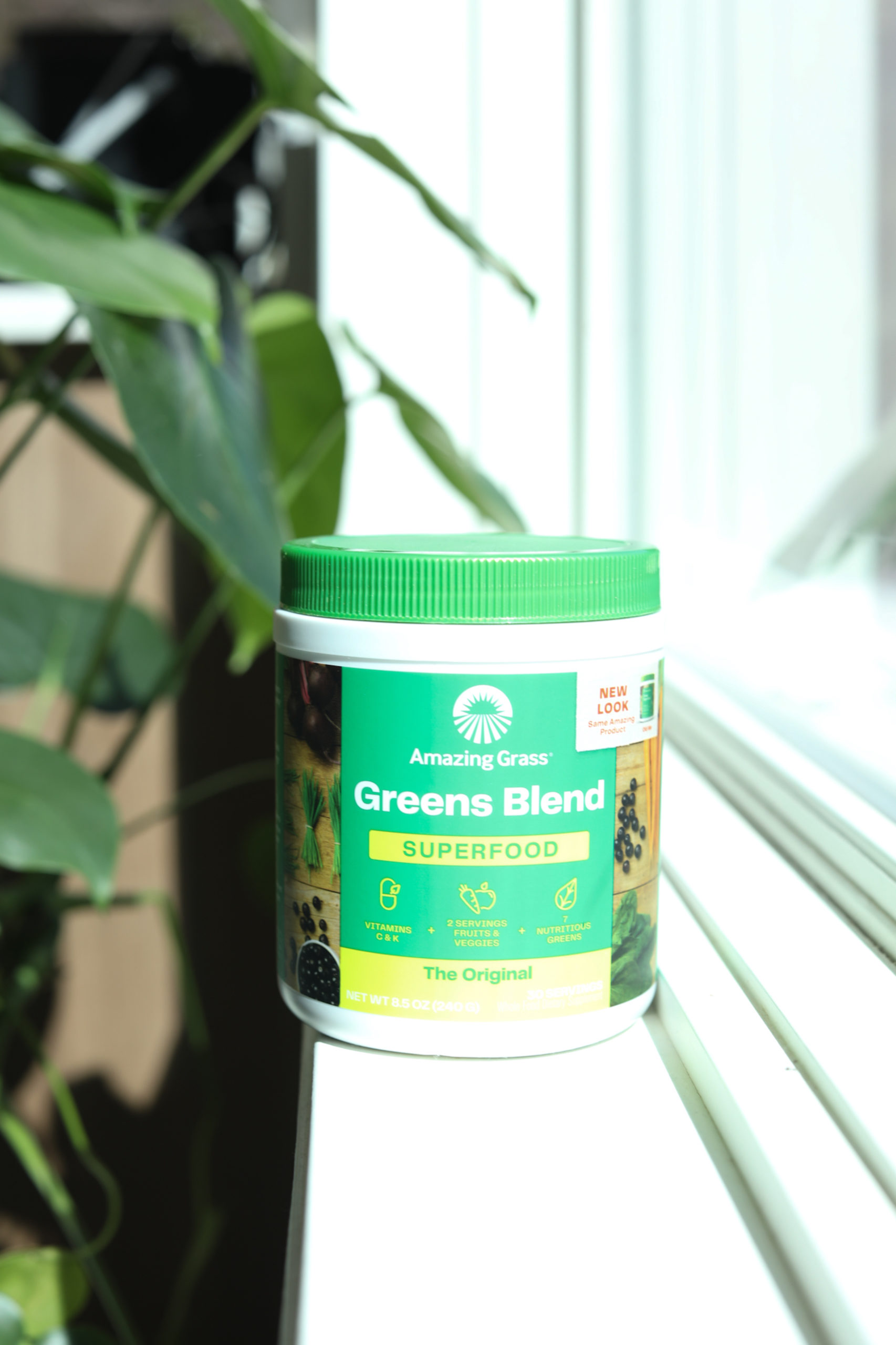
3. Try Homemade Soups and Stews as a Tasty Way to Eat More Vegetables
Soups and stews make it easy to get a ton of vegetables in one serving.
When you make your own veggie stock, it’s loaded with vitamins and minerals from the vegetables you used to create the stock, even though you scoop out the vegetables themselves. This allows even picky eaters to get the benefits without having to actually eat the vegetable itself!
When you make stocks, you can also use veggie scraps which reduces food waste and allows you to get another meal out of the produce you already have.
Plus the full soup or stew recipe also likely will call for a variety of vegetables, making it nutritious and delicious.
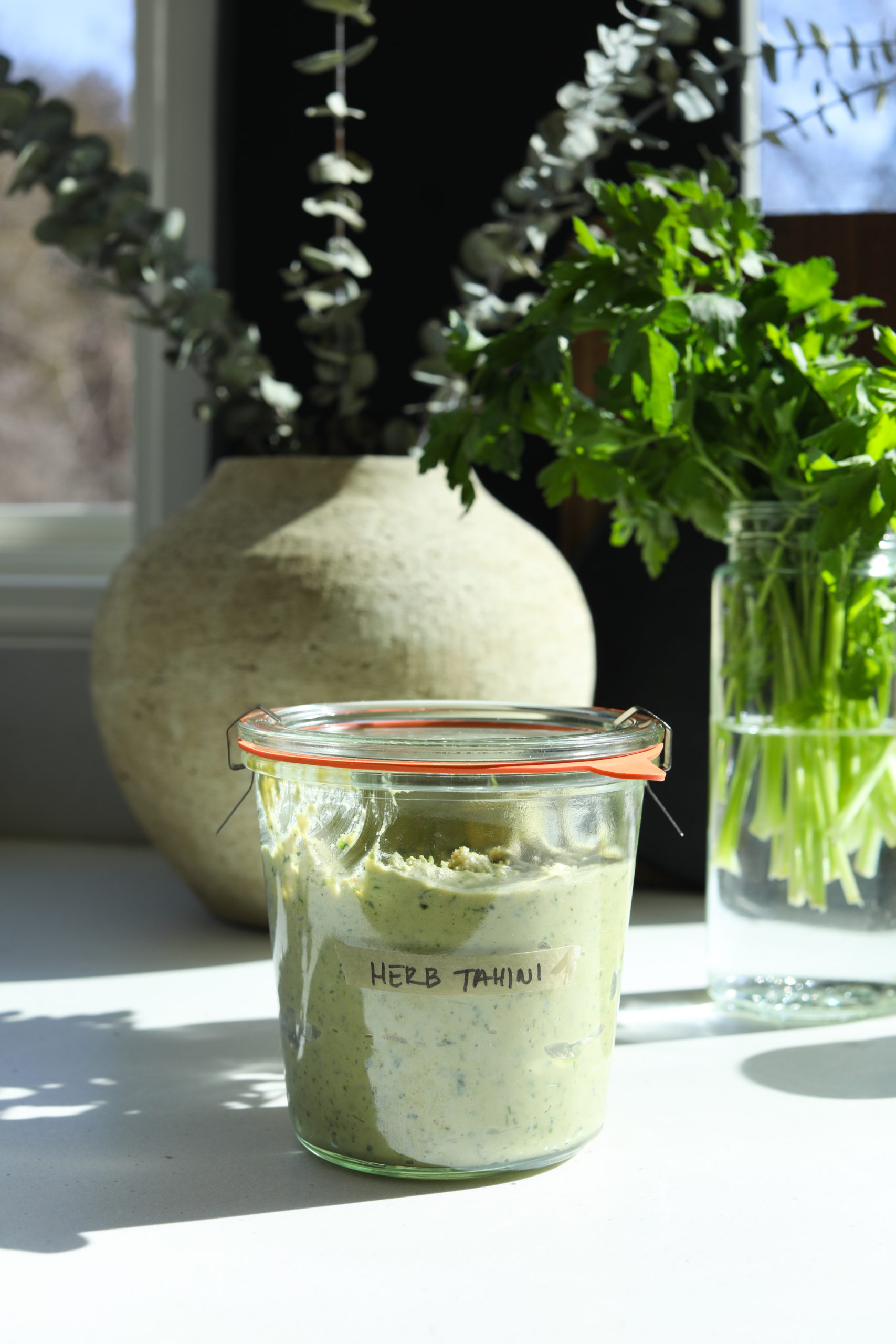
4. Make Homemade Sauces and Dressings
Tasty and nutrient-dense sauces and dressings are another easy and convenient way to add vegetables and greens to nearly any meal without needing to cook anything new.
At the beginning of the week, make a batch of homemade pesto, tomato sauce or green goddess dressing that you can use in many different ways throughout the week!
5. Use Sprouts as a Garnish
Sprouts and microgreens contain 40 times more nutrients compared to their mature counterparts!
Whether you buy sprouts at the store or farmers market or make your own, they make a great garnish to almost any dish and you don’t need a lot to get the benefits.
Alfalfa and broccoli sprouts make great toppers to things like avocado toast, salads, veggie burgers, and pasta dishes.
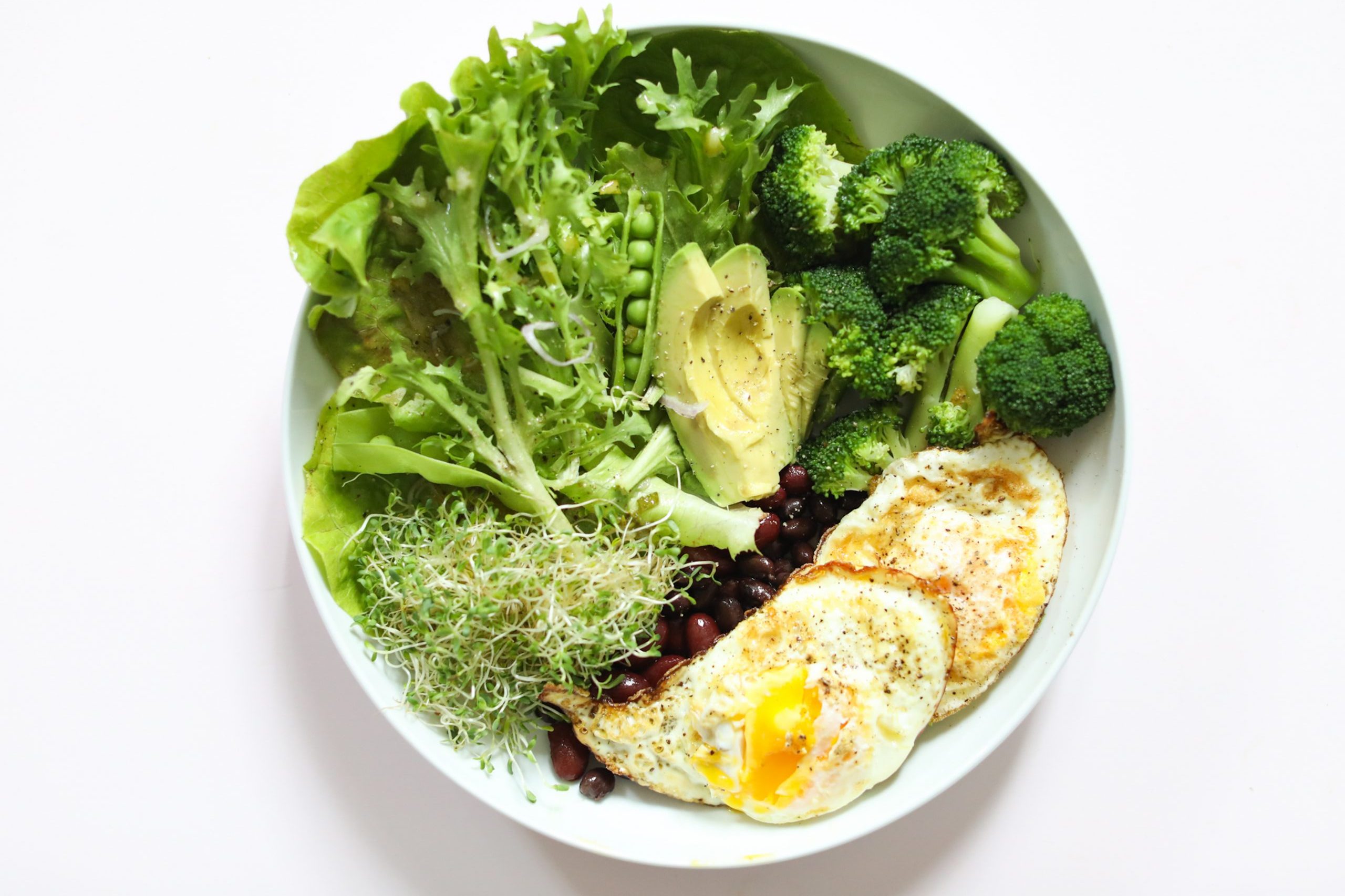
6. Stock Up on Ingredients for a Go-To Salad
One of the simplest ways to ensure you’re getting your greens is to tack on a side salad to whatever you were planning on eating or serve your nourish bowl right over a bed of greens. We do this almost every night by starting with a big salad with all of our favorite toppings and then moving onto the main course.
Find a leafy green that you enjoy as your base (or a couple) and make sure you have some on hand every week. Then also keep a few salad toppings, like sunflower or pumpkin seeds, peppers, olives, etc. and a homemade salad dressing on hand so that it’s ready to go — no cooking needed to get those veggies in!
7. Give Juicing a Try
If smoothies aren’t your thing, or you simply prefer something like oats, eggs, yogurt bowls, or pancakes most mornings, then juicing may be an option for you.
Juicing allows you to get a lot of vegetables at once and adds a nutrient boost to meals that wouldn’t otherwise have greens. Since juice is lighter than a full smoothie, which tends to be more like a meal, it makes it easy to enjoy alongside your favorite breakfast rather than be a full meal.
8. Eat More Vegetables as a Snack With Your Favorite Dip
Snacks are meals too you can pair sliced veggies with a tasty homemade hummus, cashew cheese or pea dip (bonus — pea dip is a veggie itself!)
What’s great about snacks when you’re wanting to eat more vegetables is that they help you add in another serving in addition to your main meals. So if you’re already eating some vegetables for breakfast, lunch, and dinner, snack time gives you one or two additional servings!
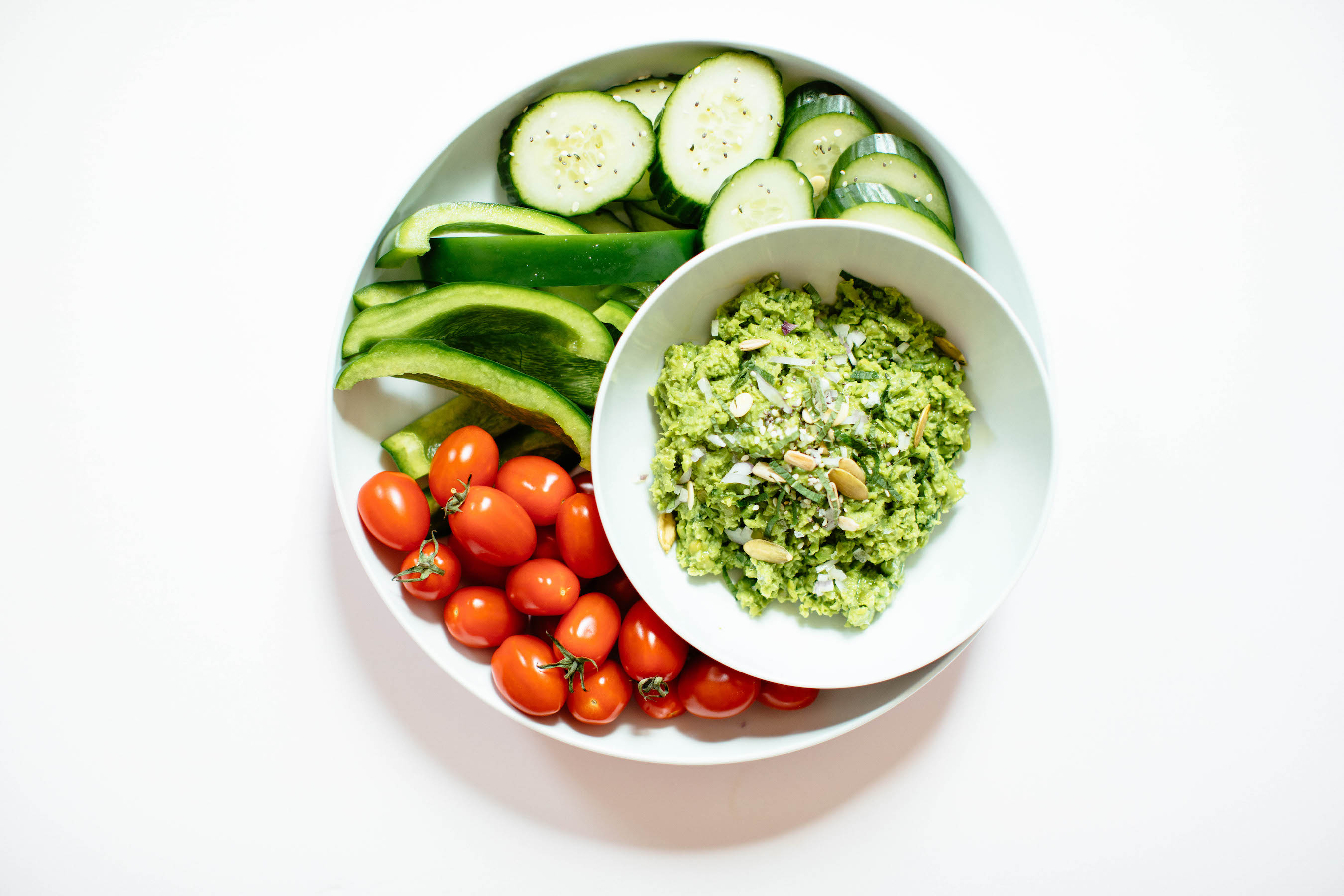
9. Use Heartier Greens as Wraps and Taco Shells
Kale, romaine, chard, and collard are hearty options to use instead of wraps, bread, or taco shells! This tastes especially great during the summer months when a crisp and fresh outer wrap adds a refreshing element to a dish.
10. Add Them to Whatever You’re Eating — No Fuss
If you’re about to have a meal and you realized the dish is lacking in veggies, don’t feel like you have to go make a formal side dish of veggies. Add a handful right into whatever you’re making!
Frozen veggies come in handy in moments like these. You can add a handful of frozen peas, broccoli, spinach, mushrooms, or whatever you enjoy right into a pot of the pasta or layer them onto homemade pizza or toss them into a stir-fry. Don’t overthink it!
Putting These Tips for How to Eat More Vegetables Into Practice
Now that you have a few creative ways to eat more vegetables throughout your day, let’s focus on one to get started with! Which one of these options sounds both the easiest for you and the most appealing from a taste perspective?
Try it out this week and see if you notice yourself eating more vegetables and greens at each meal.

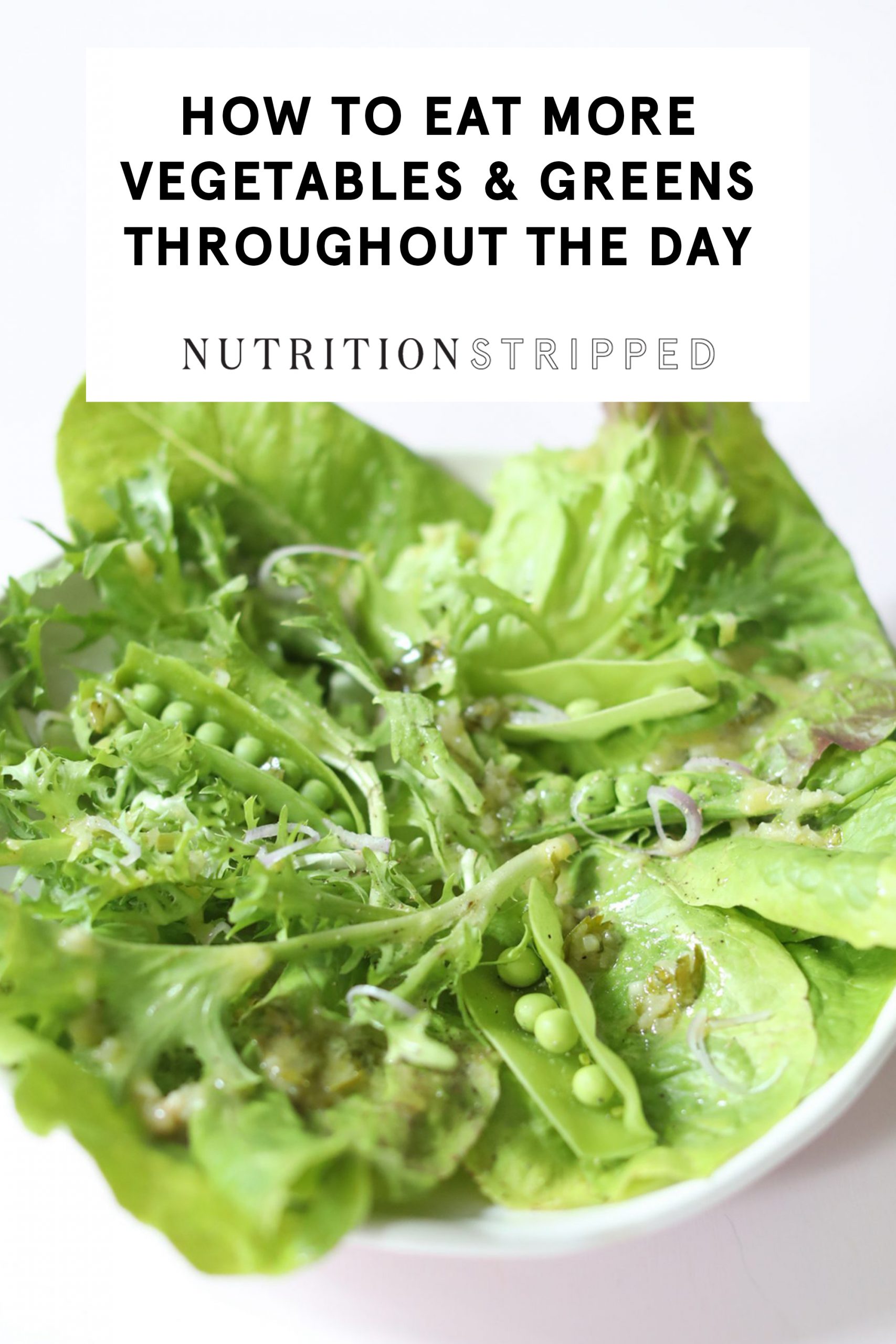
this is a sponsored blog post brought to you by Amazing Grass. All opinions are our own. Thank you for supporting brands that support us in sharing free sources with you.
The post How to Eat More Vegetables and Greens Throughout Your Day appeared first on Nutrition Stripped®.
McKel (Hill) Kooienga
Comments
Post a Comment